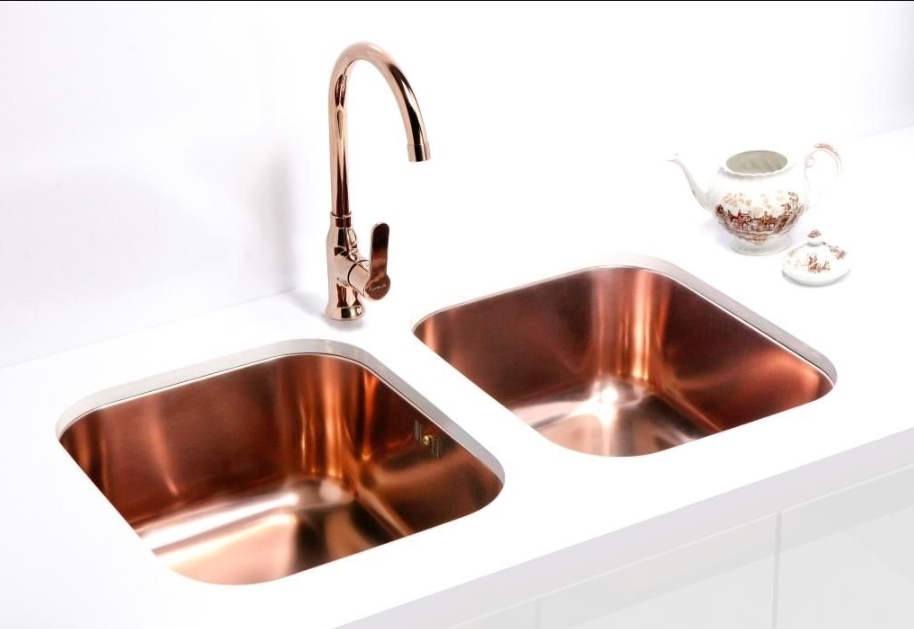
News
12 Year Pvd Coating Machine In Foxin
Vacuum Technology and Coating: Solving Industry Challenges
Vacuum technology and coating have revolutionized various industries, from electronics to aerospace, with their applications in enhancing the durability, appearance, and performance of products. These two distinct yet closely related fields have seen remarkable advancements over the years. In this blog, we will delve into the principles and technologies behind vacuum coating, the differences, and connections between vacuum technology and coating, and explore the exciting trends that promise to shape the future of this field.
Vacuum Technology and Coating — Vacuum Technology: The Invisible Force Behind Innovation
Vacuum technology refers to the science and techniques used to create and maintain a vacuum in a sealed chamber. A vacuum is a space where the pressure is significantly lower than atmospheric pressure. The basic principle is simple: by removing air and other gases from a chamber, a vacuum is created, enabling a wide range of applications.
There are several techniques to achieve and maintain a vacuum, such as mechanical pumps, diffusion pumps, and cryopumps. These devices work together to create a low-pressure environment where numerous processes can take place. It is a fundamental aspect of many scientific and industrial processes, including vacuum coating.
Vacuum Technology and Coating — Vacuum Coating: The Art of Precision & Enhancing Surfaces One Atom at a Time
It is a subset of vacuum technology that focuses on depositing thin layers of material onto a substrate in a vacuum environment. The process is highly precise and allows for the deposition of materials like metals, ceramics, and polymers at an atomic or molecular level. This results in improved properties, such as increased hardness, wear resistance, and anti-corrosion capabilities.
The basic vacuum coating process involves evaporating or sputtering the source material. The source material then condenses onto the substrate, forming a thin film. This approach is critical across industries. From making anti-reflective coatings for glasses and solar panels to producing reflective coatings for mirrors.
Foxin Vacuum Technology Company: Leading the Way— Innovators in Vacuum Technology and Coating Solutions
Foxin Vacuum Technology Company is a world-renowned manufacturer, known for pushing the boundaries of vacuum technology and coating. Their innovative equipment is used in diverse sectors, including electronics, automotive, and architecture, to enhance the performance and functionality of products. Foxin specializes in manufacturing state-of-the-art vacuum coating machines and offering comprehensive solutions tailored to their client’s needs.
The company’s commitment to research and development ensures it stays at the forefront of vacuum technology. With a skilled team of experts, Foxin continues to introduce cutting-edge solutions that pave the way for new applications and industries.
Vacuum Technology and Coating: Two Sides of the Same Technological Coin
The main difference between vacuum technology and coating is in their objectives. Vacuum technology is all about creating and maintaining a vacuum, which can be used for various purposes, including vacuum coating. On the other hand, it is a specialized application of vacuum technology, where the focus is on depositing thin layers of materials onto surfaces.

In simpler terms, vacuum technology creates the environment in which vacuum coating can occur. This environment is essential for the success of processes like physical vapor deposition (PVD) and chemical vapor deposition (CVD), which are common in vacuum coating.
The Synergy Between Vacuum Technology and Coating
Vacuum technology, in its essence, creates an environment devoid of air or other gases, allowing for precise control over the conditions in which coatings are applied. This vacuum environment provides several advantages for coating processes:
1. Enhanced Purity: In a vacuum, contaminants and impurities are virtually eliminated. This ensures that coatings are applied with exceptional purity, reducing defects and enhancing the end product’s performance.
2. Uniform Coating: Vacuum technology allows for the even distribution of coatings, resulting in uniform thickness and coverage, a critical aspect in industries like optics and electronics.
3. Reduced Waste: Precise control over the coating process within a vacuum minimizes material waste and ensures cost-effective manufacturing.
4. Versatility: Vacuum technology is versatile and can be used for a wide range of materials, from metals and ceramics to polymers and organic compounds.
Foxin Vacuum Technology Company has mastered the art of harnessing these benefits to create cutting-edge solutions for their clients, setting the stage for unparalleled product performance.
Development Trend of Vacuum Technology and Coating
Now, let’s explore the ongoing development trends within vacuum coating technology:
1. Enhanced Sustainability: As the world becomes increasingly environmentally conscious, there is a growing demand for sustainable coating processes. For example, Foxin Vacuum Technology is actively involved in developing more environmentally friendly vacuum coating technology. To minimize waste and reduce environmental impact.
2. Nanotechnology Integration: Vacuum coating technology is poised to become more intricate as it merges with nanotechnology. This convergence allows for the creation of ultra-thin coatings with specific nanoscale features. Such coatings find applications in cutting-edge fields like microelectronics and medical devices.
3. Improved Efficiency: Efficiency remains a paramount concern in the industry. Advancements in vacuum coating technology are geared toward achieving faster deposition rates, improved energy efficiency, and reduced downtime during equipment maintenance. Foxin Vacuum Technology Company constantly endeavors to enhance the efficiency of its coating processes.
4. New Material Exploration: The search for novel coating materials with unique properties is a significant trend. By expanding the range of materials available for vacuum coating. Companies like Foxin are opening the door to innovative solutions across industries. From self-healing coatings to advanced solar cells.
Conclusion
In conclusion, vacuum technology and coating are two closely intertwined fields that have transformed the way products are manufactured and improved. The relationship between them is one of interdependence, with vacuum technology providing the essential environment for vacuum coating processes. As technology evolves, so does the potential for innovative applications and solutions in vacuum coating, making it an exciting field to watch.
For cutting-edge vacuum coating solutions and equipment, look no further than Foxin Vacuum Technology Company. Their commitment to quality and innovation ensures that they remain a leader in this dynamic industry.

